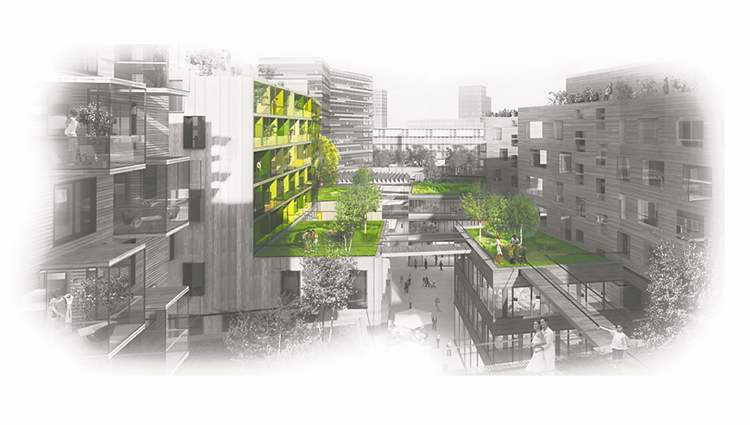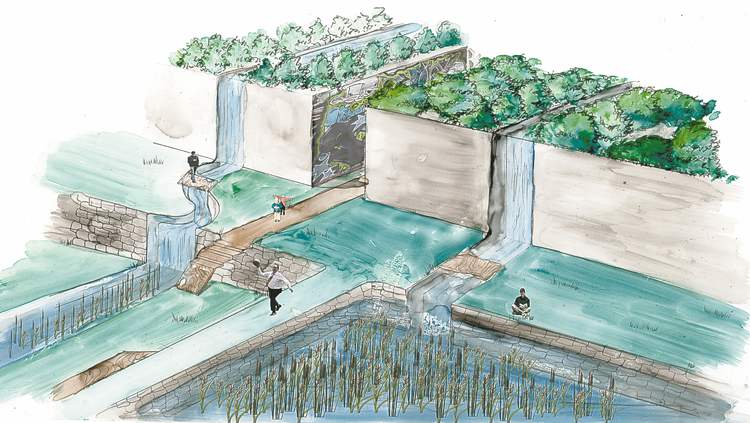Flood of ideas for Southwood golf course land
Design teams share their visions
Advertisement
Read this article for free:
or
Already have an account? Log in here »
To continue reading, please subscribe:
Monthly Digital Subscription
$1 per week for 24 weeks*
- Enjoy unlimited reading on winnipegfreepress.com
- Read the E-Edition, our digital replica newspaper
- Access News Break, our award-winning app
- Play interactive puzzles
*Billed as $4.00 plus GST every four weeks. After 24 weeks, price increases to the regular rate of $19.00 plus GST every four weeks. Offer available to new and qualified returning subscribers only. Cancel any time.
Monthly Digital Subscription
$4.75/week*
- Enjoy unlimited reading on winnipegfreepress.com
- Read the E-Edition, our digital replica newspaper
- Access News Break, our award-winning app
- Play interactive puzzles
*Billed as $19 plus GST every four weeks. Cancel any time.
To continue reading, please subscribe:
Add Free Press access to your Brandon Sun subscription for only an additional
$1 for the first 4 weeks*
*Your next subscription payment will increase by $1.00 and you will be charged $16.99 plus GST for four weeks. After four weeks, your payment will increase to $23.99 plus GST every four weeks.
Read unlimited articles for free today:
or
Already have an account? Log in here »
Hey there, time traveller!
This article was published 15/11/2012 (4718 days ago), so information in it may no longer be current.
It’s certainly one of the more novel visions for the University of Manitoba’s Southwood golf course land: Let the Red River floodwaters create a series of canals, waterfront parks and floating classrooms.
“We’d bring the river into the city. Use Winnipeg as the floodway — with the right tools, we could use it to our advantage,” said student Ayelet Vazana.
“Use the floodwaters as a resource. Winnipeg as a whole could use the flood in a more useful way,” agreed planning partner Brian Dongwod Shin.

Fourth-year students in the environmental design program at the faculty of architecture have formed four teams to plan the future use of the 48 hectares of green space immediately north of the campus, explained Prof. Carley Friesen.
“We’ve told them to be visionary. We talk about process, not budget so much.”
Vazana acknowledged the team has never seen our floodwaters at their worst and is unfamiliar with the 1950 flood’s effects on old Fort Garry. But they insist letting the Red River flow unrestricted would have a positive effect.
Water plays a role in all the projects. “We want our project to be a living organism,” said Evan Gomes.
“We’re hoping the riverbank can be the next great public space,” Kevin Eidick said.
They’d have dense residential development amid a living prairie and reuse waste materials wherever possible to build their development.
One problem is creating visibility along Pembina Highway, which is where the oldest trees are concentrated. No way they’ll remove those trees, Gomes said.
They’d develop the area into a walkable, European-style neighbourhood well beyond the campus.
“I don’t think we can look at the site as an island. Nothing against Shoppers or Giant Tiger,” but those big stores would have to move elsewhere, said Eidick.
A third team would build heavy density along the river while using Markham Road to funnel rapid transit to the new stadium and into the existing campus.
The riverbank would see wharves developed to make Southwood a Forks-like destination.

“Our focus was on public space where people would congregate and interact,” explained Matt Gray.
The final team would spread a network of streams throughout Southwood, planting cattails and bulrushes to clean the water.
“It would essentially bring people to the river,” said Saira Abdulrehman. “Between buildings, it might be a flowing stream.”
Her team favoured development small in area but high in density, with no wasted space. Buildings would have roof gardens and include commercial and retail levels.
In winter, “it could have a long ice path throughout. It could be amazing — you could skate to your destination,” said Abdulrehman.
nick.martin@freepress.mb.ca
Design competition
THE U of M is holding an international design competition to plan the future of the former Southwood golf course. Plans will include space for 6,000 residents, opening up the riverbank to public use, incorporating rapid transit and extending the campus to Pembina Highway.

